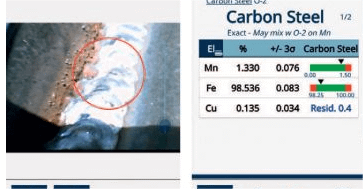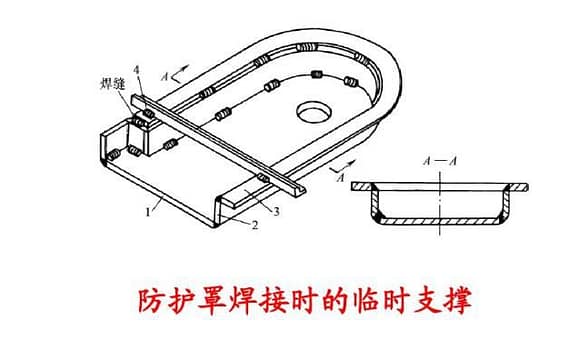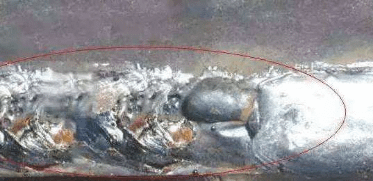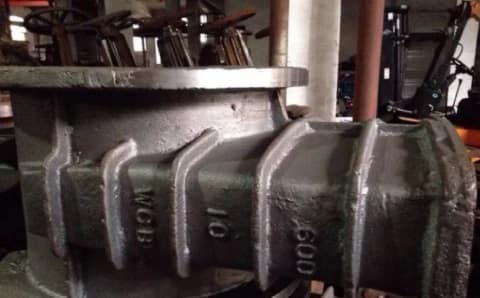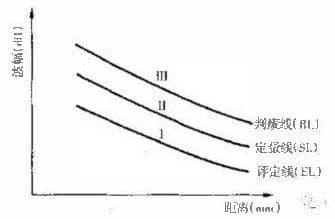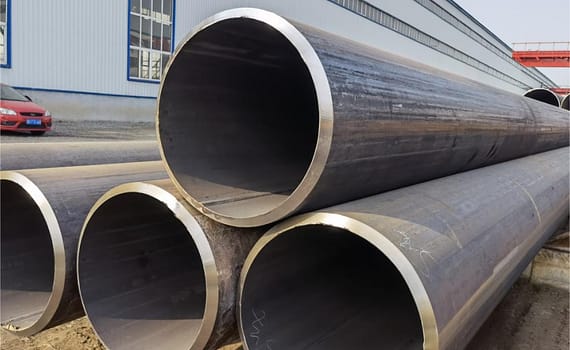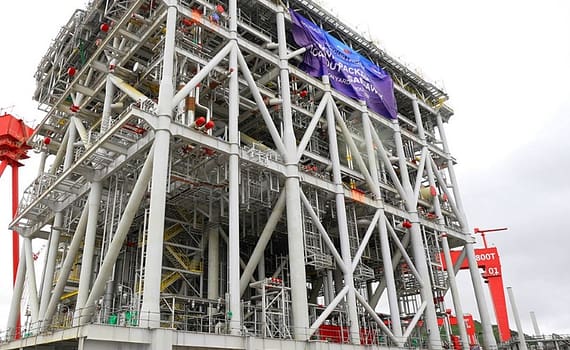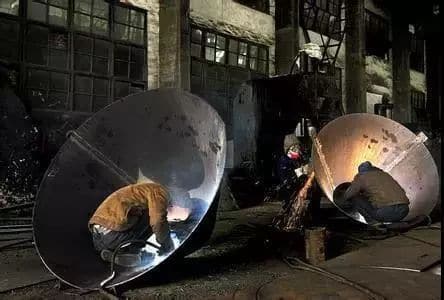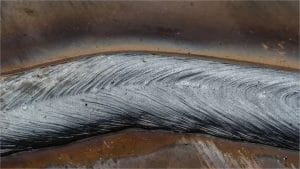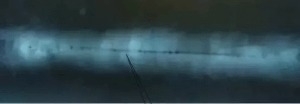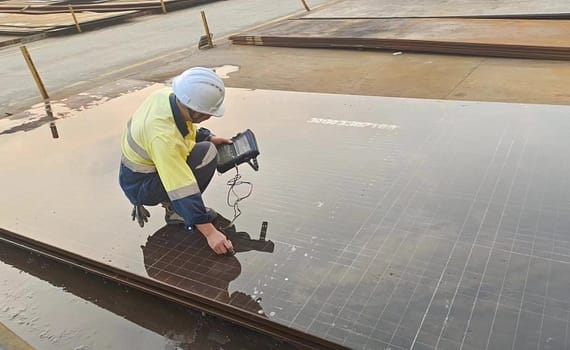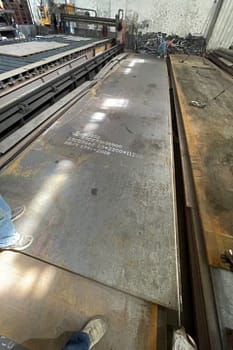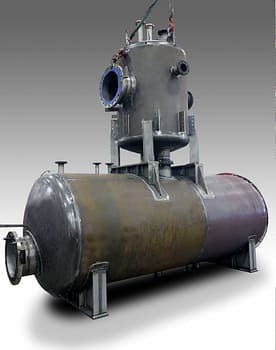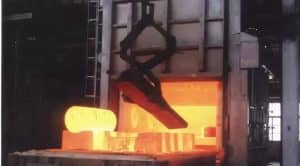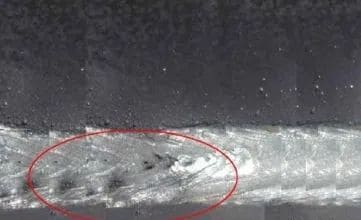Common Methods of Weld Inspection 1. Eddy Current Eddy current testing (ET) is one of the non-destructive testing methods in industry Fast and effecti […]
Welding
Methods to Prevent Welding Spatter 1. Prevention of CO2 welding spatter Using activated wire can refine metal droplet, reduce spatter and improve weld […]
10 Common Welding Problems and Solutions 1. Welding construction does not pay attention to select the best voltage Phenomenon: When welding, regardles […]
Four Position Welding Techniques 01 Backine welding Welding characteristics The molten metal falls due to gravity, and the shape and size of the molte […]
Causes and Control Methods of Welding Deformation of Steel Structure The type of deformation 1.Linear deformation Longitudinal deformation: is caused […]
Why Low Carbon Steel can be Welded, High Carbon Steel can not be Welded Why Low Carbon Steel can be Welded, High Carbon Steel can not be Welded Accord […]
Effects of Welding Parameters and Process on Weld Seam Effects of Welding Parameters and Process on Weld Seam: 1. The influence of welding current, ar […]
Weld Inspection – Efficiency 1 Cut – Weld Inspection – Efficiency Weld Inspection – Efficiency? Generally, flame cutting, as t […]
Welding Inspection of Cryogenic Pressure Vessel and Points for Attention 1. Selection of welding materials Welding Inspection of Cryogenic Pressure Ve […]
Welding Quality Inspection – Sealing Test Welding quality inspection refers to the inspection of welding results to ensure the integrity, reliab […]
The Necessity of Ultrasonic Testing in Welding of Metallic Materials The Necessity of Using Ultrasonic Testing in Welding of Metallic Materials – […]
High Carbon Steel Welding Defects and Preventive Measures As high carbon steel tends to be hardened, it is easy to appear hot and cold cracks during w […]
Abstract: This paper focuses on the Arctic LNG 2 project and its related fabrication and module yards in China. It explores the significance and chall […]
Causes of Lamellar Tearing and How to Prevent? Causes of Lamellar Tearing and How to Prevent? Three general categories: The first one is lamellar tear […]
What are the Welding Appearance Inspection Items? Weld is the bonding part of a welded piece. Weld can be generally divided into: flat weld, fillet we […]
Analysis of the Types and Basic Characteristics of Welding Cracks With the development of steel, petrochemical industry, ship and electric power indus […]
What is it Incomplete Penetration? Incomplete Penetration during welding refers to the defect caused by no melting between the base metal and the weld […]
JSC is an ISO 17025 NDT Lab / Company (CNAS) ISO/IEC 17025:2017 is an international standard specifying requirements for quality and competence in tes […]
Steel plate base material (raw material) inspection is a crucial step in ensuring the quality and performance of steel products. This pr […]
Q235B and S235J0: Key Differences, Welding Considerations, Chinese Steel Mills’ Production and Advantages Q235B and S235J0 are two widely used s […]
Stainless Steel – Fabrication: An Insight into the Material and Key Considerations During Fabrication Stainless steel, known for its corrosion r […]
Pressure Vessels, Tanks, Skids – Fabrication: An Insight into the Process and Key Considerations Pressure vessels and tanks are essential […]
How to Explain the Cause of the Welding Defects on the Negative Plate 1. Common welding defects can be classified into four categories: 1) Weld size […]
Post-weld Heat Treatment is not Entirely Advantageous Post-weld heat treatment – Welding residual stress is caused by non-uniform temperature di […]
Why porosity / porosities often appear in welds? Reason 1: The gas is impure Porosity – Preventive measures: gas cylinders regularly clean, in t […]
All Kinds of Welding Defects Diagram and How to Prevent Welding Defects Diagram and How to Prevent – Causes of incomplete penetration The main c […]

